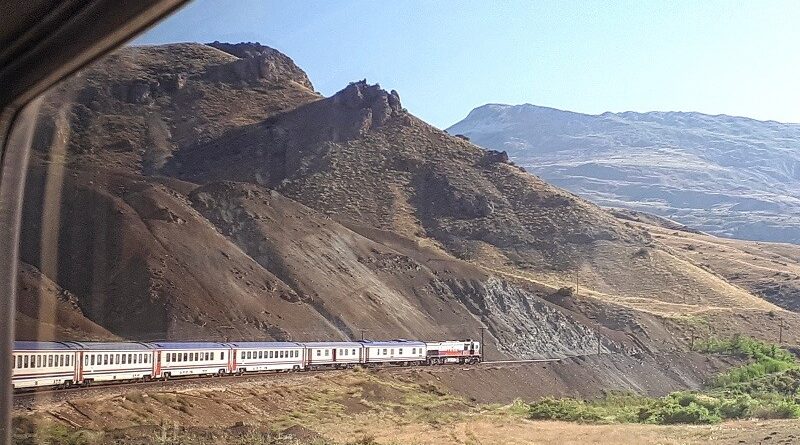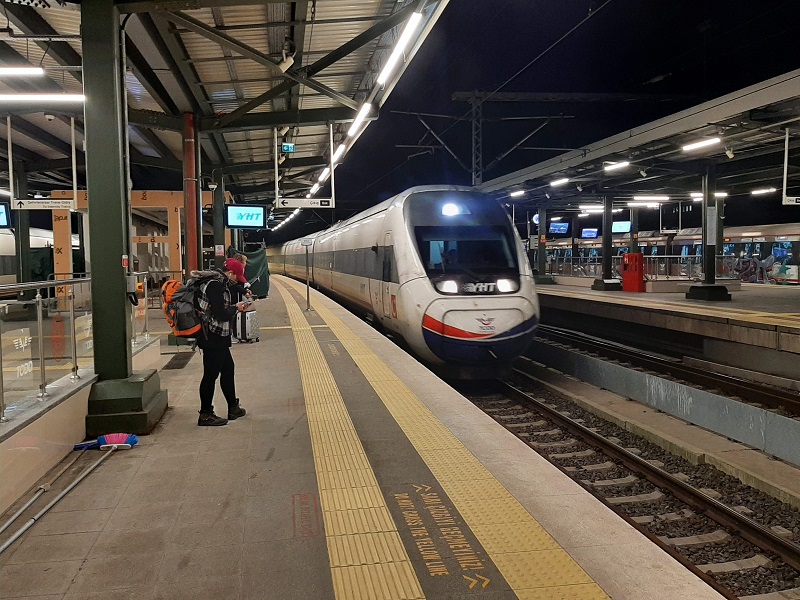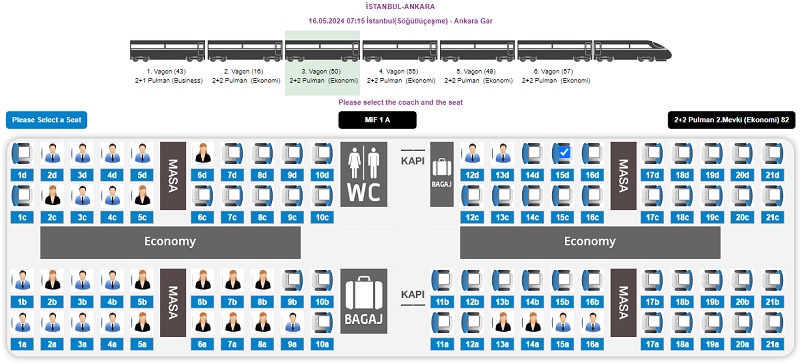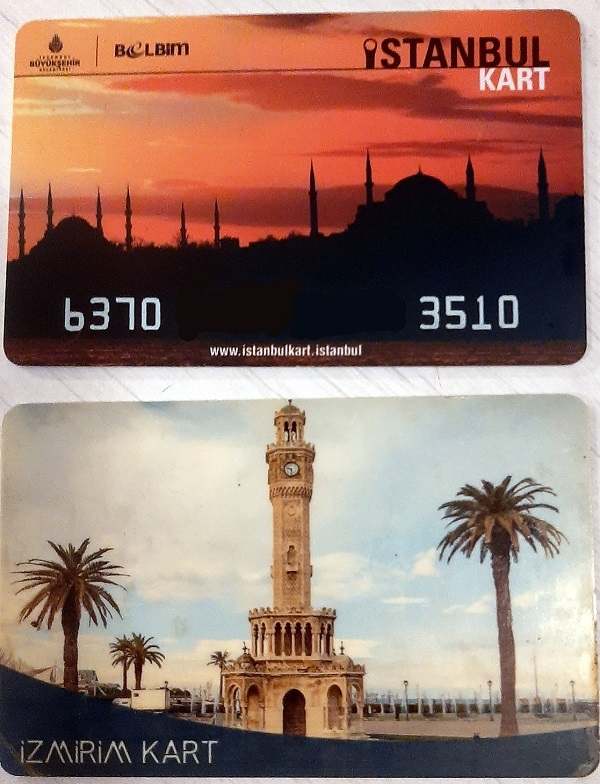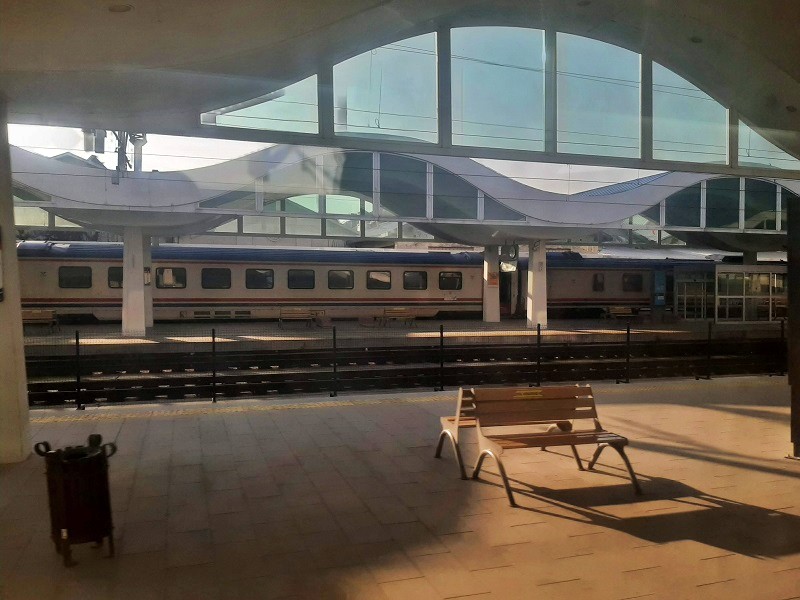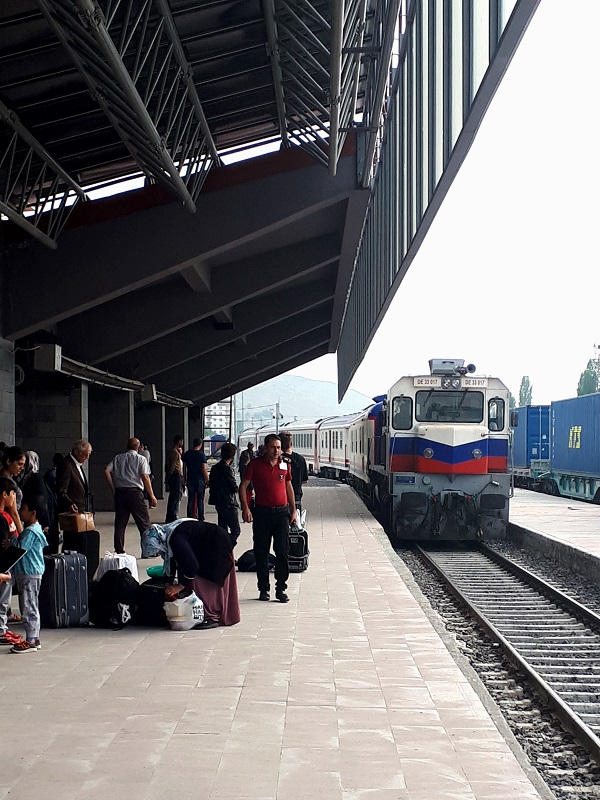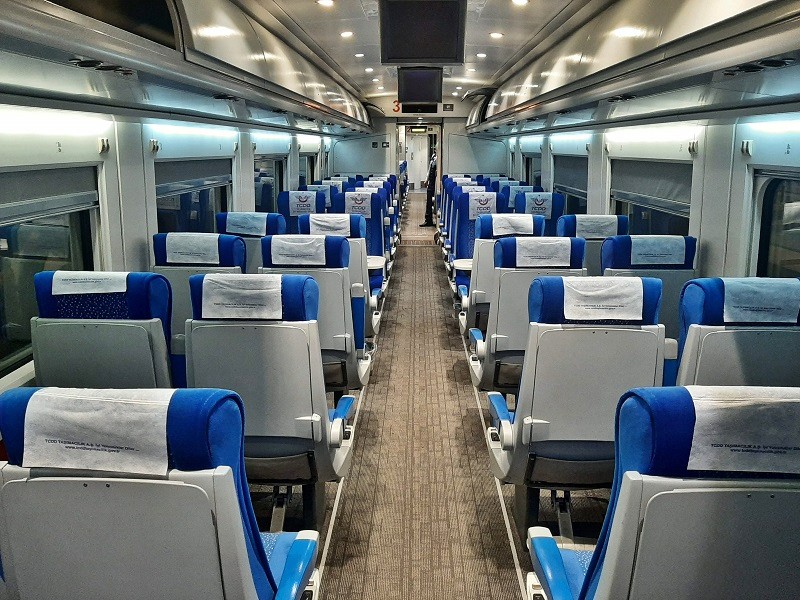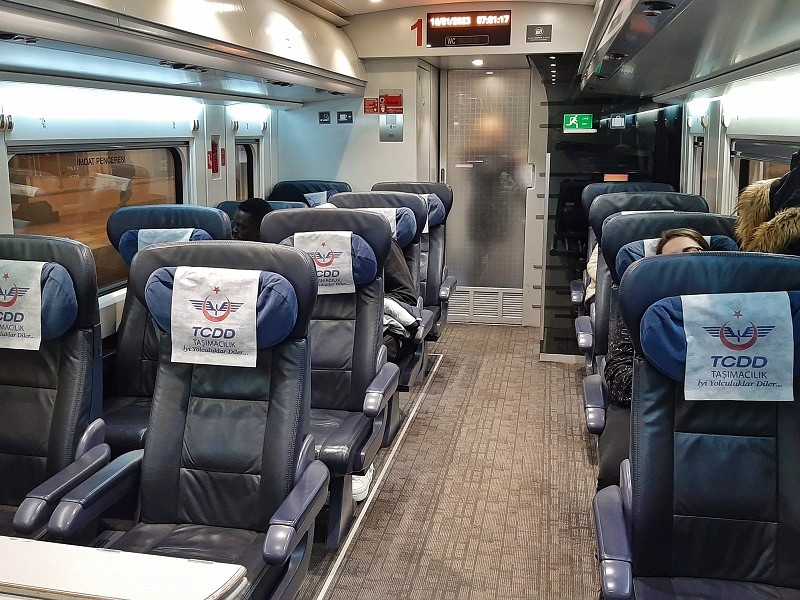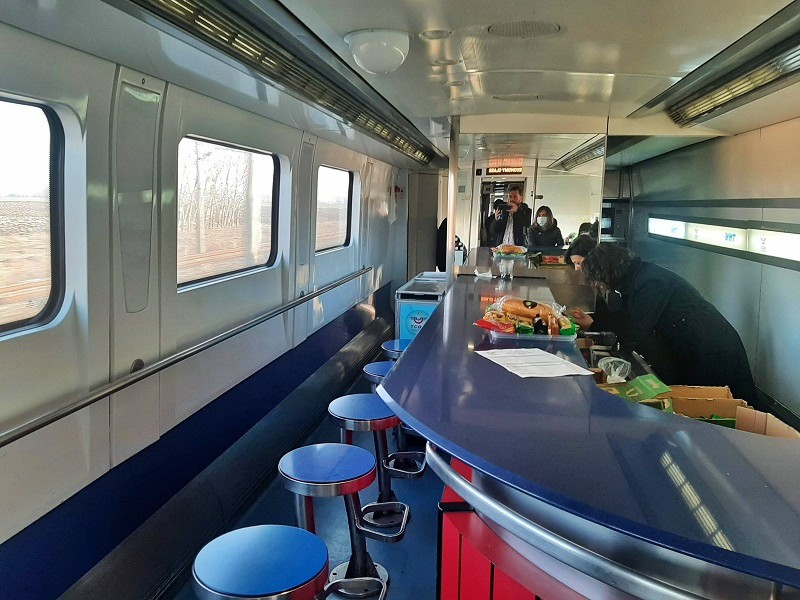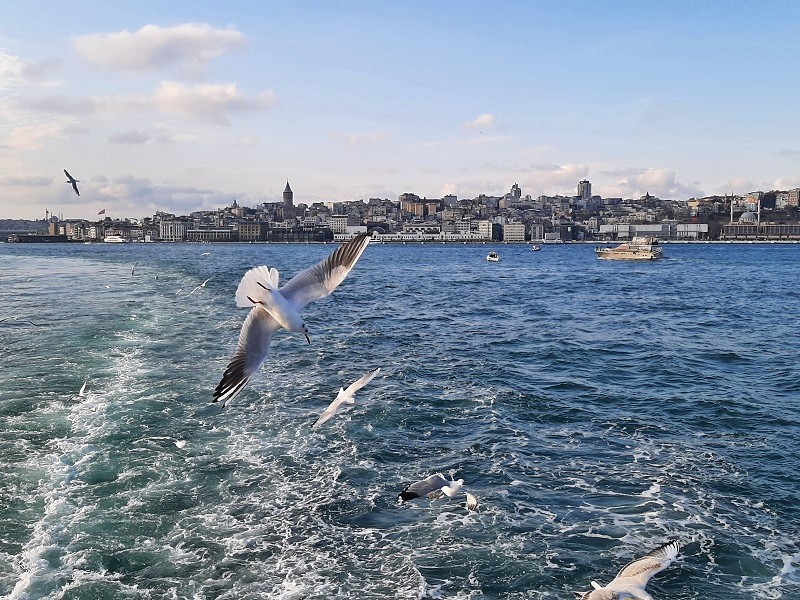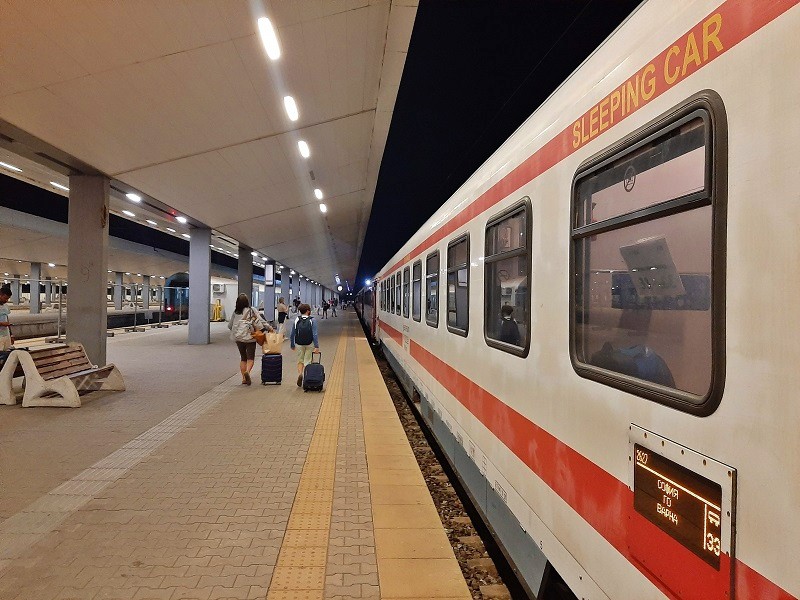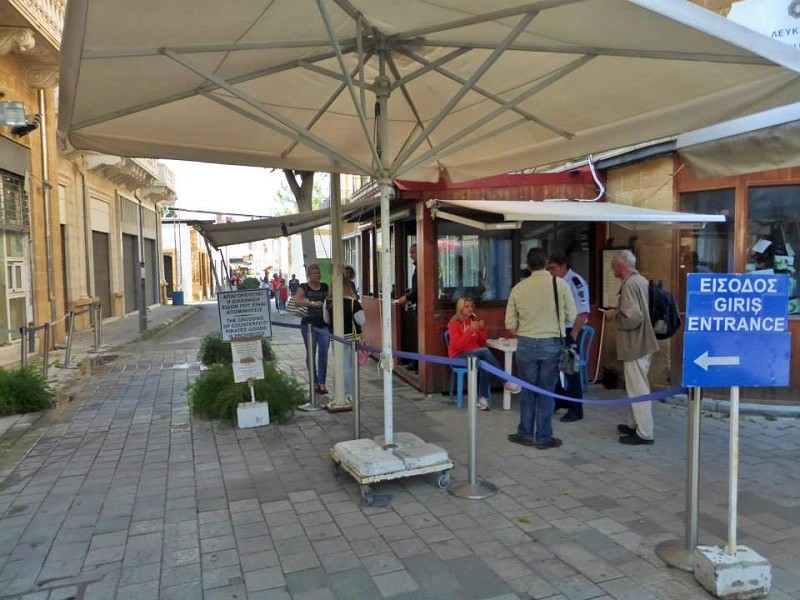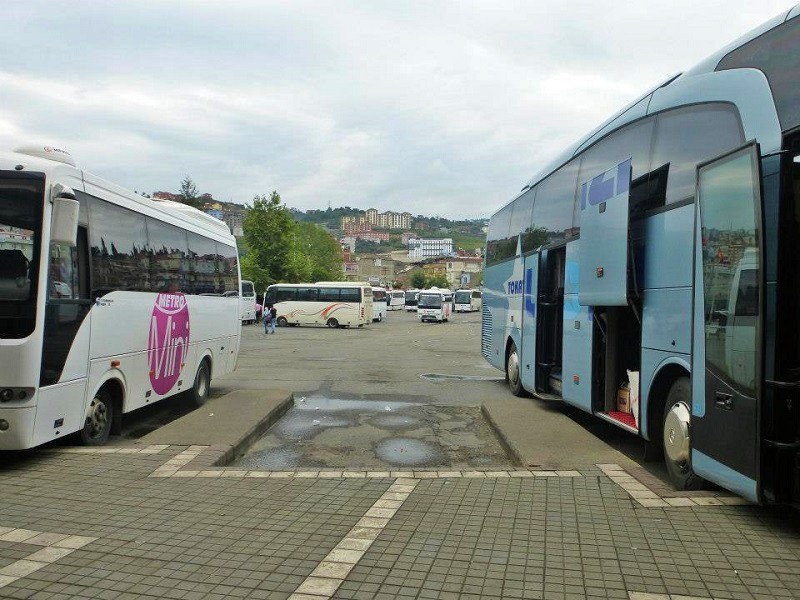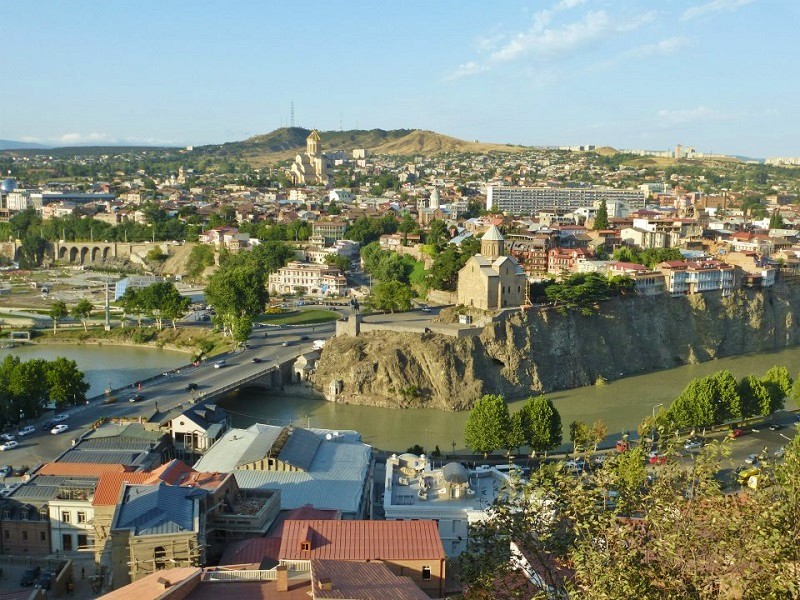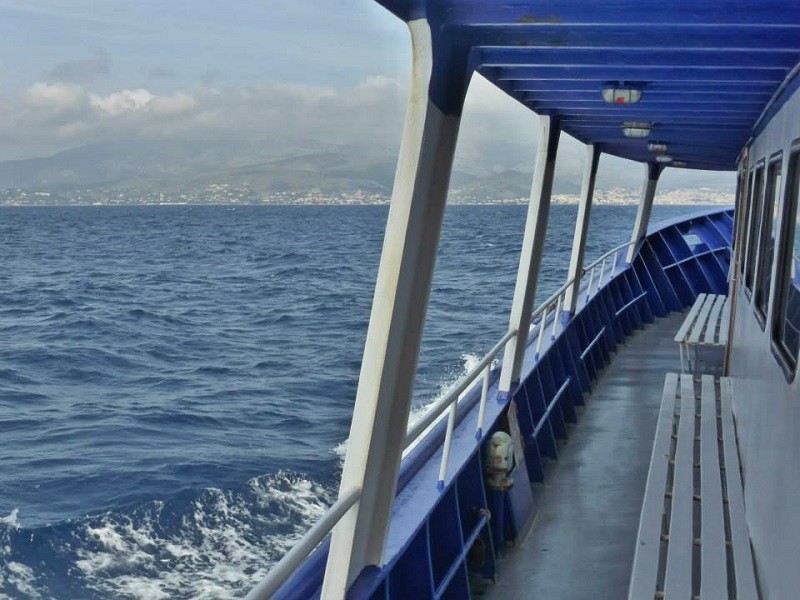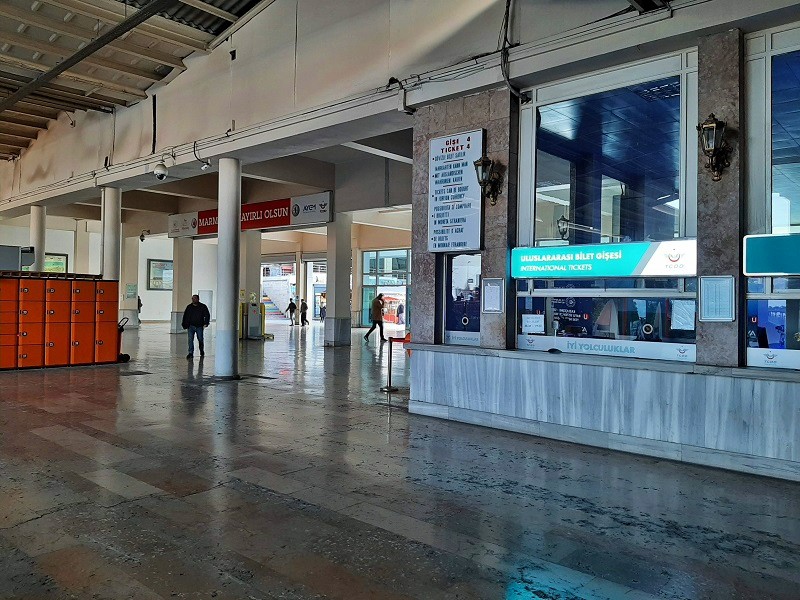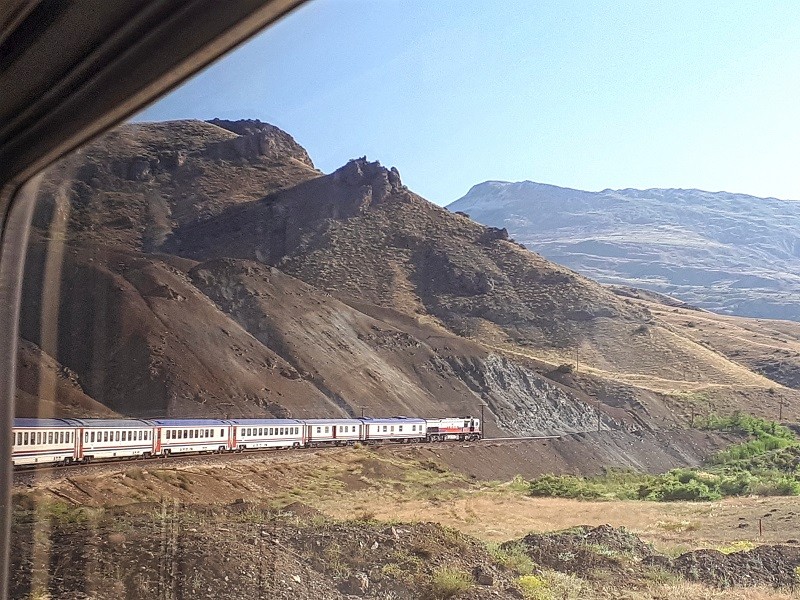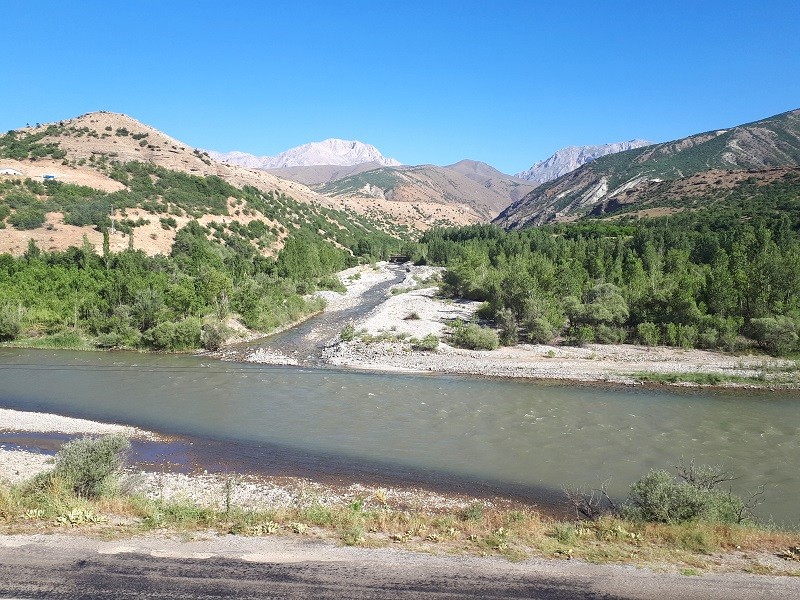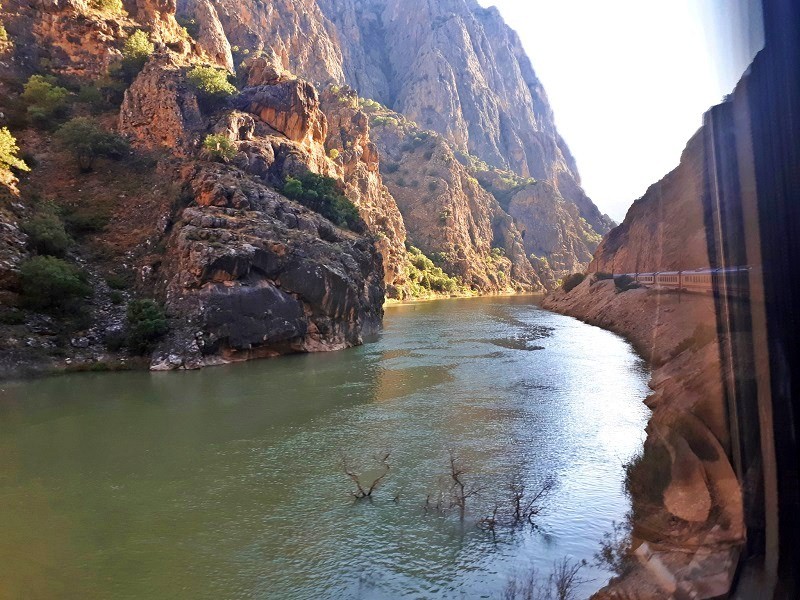Ultimate Train Travel Guide for Turkey
This guide provides all the information you need to know about train travel in Turkey, including details about the country’s railway network, international trains, and night trains.
Trains in Turkey
It’s a real pleasure to travel by train across Turkey thanks to the country’s rapidly expanding high-speed rail network and the availability of highly convenient sleeper trains.
The Turkish railway network
Turkey is a vast and mountainous country, which means that its railway network isn’t as dense as in other countries across Europe and beyond.
Although there are quite a few railway lines that are more useful for Turkish locals than they are for the average international tourist, and there are some important tourist destinations across the country which are not connected by train, the national rail network does connect most regions and major cities across Turkey.
The tourist destinations on Turkey’s Mediterranean coastline such as Antalya, as well as Trabzon on the Black Sea coast, are perhaps the primary destinations that aren’t served by the Turkish rail network.
Considering the sheer size of Turkey and the often challenging terrain which the railway lines traverse, travel times by train can be long, unless you opt for a high-speed train operating on a dedicated high-speed line.
That isn’t necessarily a bad thing though, as the scenic views from the window ensure that train travel in Turkey is far from boring.
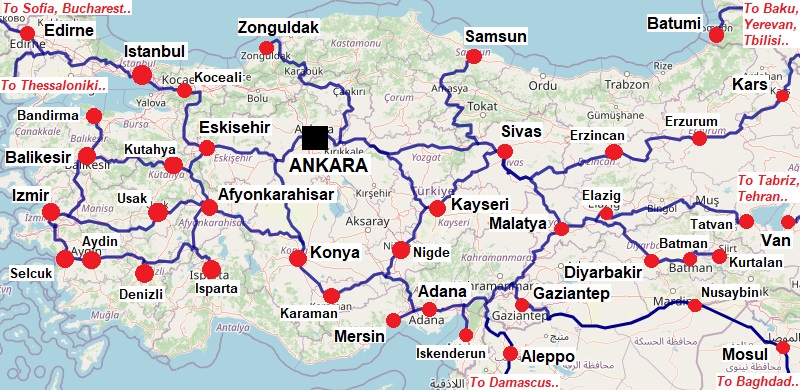
The Turkish high speed rail network
Turkey has a rapidly growing high-speed rail network, with new lines either under construction or in the planning stage.
Train operators
Train types
Seat reservations
How to book Turkish trains
How are Turkish trains like
Dining cars on Turkish trains
How are Turkish night trains like
On Turkish night trains, the following travel classes are available:
– First class Pullman seats
– Couchettes
– Sleepers
Travelling in a sleeper compartment is by far the most comfortable option, as you have all the comfort and privacy you could want.
Turkish sleeper wagons only have 2-bed compartments, which can be booked as a double or single sleeper.

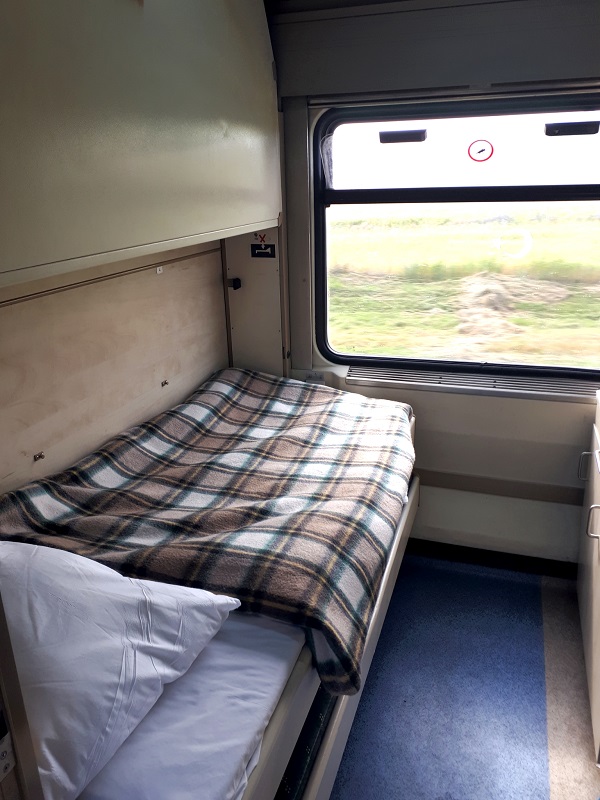
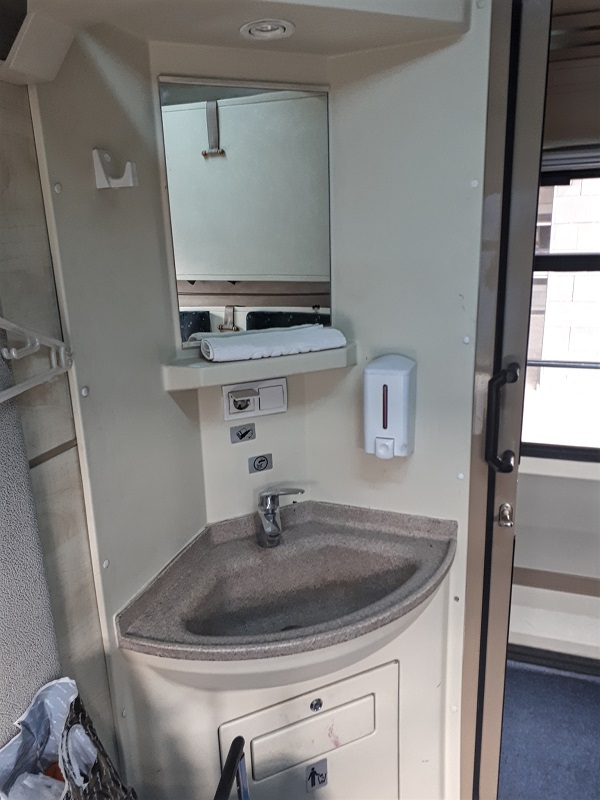

Turkish night train routes
The following domestic night trains are currently operating in Turkey:
– Ankara Ekspresi (Istanbul-Ankara, daily)
– Izmir Mavi Tren (Izmir-Eskişehir-Ankara, daily)
– Konya Mavi Tren (Izmir-Konya, daily)
– Doğu Ekspresi (Ankara-Erzurum-Kars, daily)
– Güney Ekspresi (Ankara-Diyarbakir-Kurtalan, five days a week)
– Van Gölü Ekspresi (Ankara-Elazig-Tatvan, two days a week)
– 4 Eylül Mavi Tren (Ankara-Sivas-Malatya, two days a week)
There is no real difference between Express and Mavi Tren night train services, as Mavi Train (which means ‘Blue Train’ in Turkish) is simply the historic name given to Turkey’s premium sleeper train services.
The Van Gölü Express and Güney Express have the full range of travel classes, as you’ll find sleeper compartments with one or two beds, 4-bed couchettes, as well as 1st class Pullman seats.
Although Turkey has railway links to all its neighbouring countries, a lot of international train services are currently suspended, which makes overland travel a bit of a challenge.
Although there are no daytime trains linking Turkey with Bulgaria, there is a year-round, daily night train which links Istanbul (Halkali station) with Sofia.
This night train, which is operated by the Turkish State Railways (TCDD), features both 4-berth couchettes, as well as 1 an 2 bed sleeper compartments.
Turkey to Cyprus
To get to Cyprus, you must first travel by train across Turkey to the regional hub of Karaman, where you have to switch to a bus to reach Silifke.
Once you arrive at the bus station of Silifke, you change transport mode again, this time to a dolmus (minibus) to the small Turkish port of Taşucu.
As Turkey and Georgia have deep economic and touristic ties, it is of course possible to take a direct bus from cities in Turkey such as Trabzon to Batumi or Tbilisi in Georgia, as there are frequent connections.
There used to be a night train (called the Dostluk Ekspresi – or Friendship Express) between Istanbul and Thessaloniki – a slow but epic ride through the scenic river valleys of Thrace – although this service has been sadly suspended.
Ankara used to be linked with Tehran by the weekly Trans-Asia Express Train.
Turkey to Iraq
In the glory days of train travel, Istanbul and Baghdad were linked by a direct sleeper train called the Toros Ekspresi (Taurus Express).
Sadly, train services between Turkey and Iraq have been suspended for nearly two decades due to security reasons, with no signs of traffic on this railway line being restored any time soon.
Turkey to Romania
In the summer months, there is a direct sleeper train linking Istanbul (Halkali station) with Bucharest in Romania.
This night train is called the Bosfor Ekspresi (Bosphorus Express), and is operated by the Turkish State Railways (TCDD).
The Istanbul-Bucharest night train only features 4-berth couchettes.
It is possible to book the Bucharest-Istanbul night train online on the website of the Romanian Railways – but remember that you have to collect your ticket at the international ticket desk at Bucharest Gara de Nord or another station in Romania.
Buying your ticket online therefore only works if you travel from Romania to Turkey, as it won’t be an option if you take the train one-way from Istanbul to Bucharest.
You can inquire about this service by e-mailing Andy at tickets@discoverbyrail.com.
If you plan to take the train between Turkey and Romania, make sure you also read our guide about train travel in Romania, as it will tell you all you need to know about onward rail connections from Bucharest.
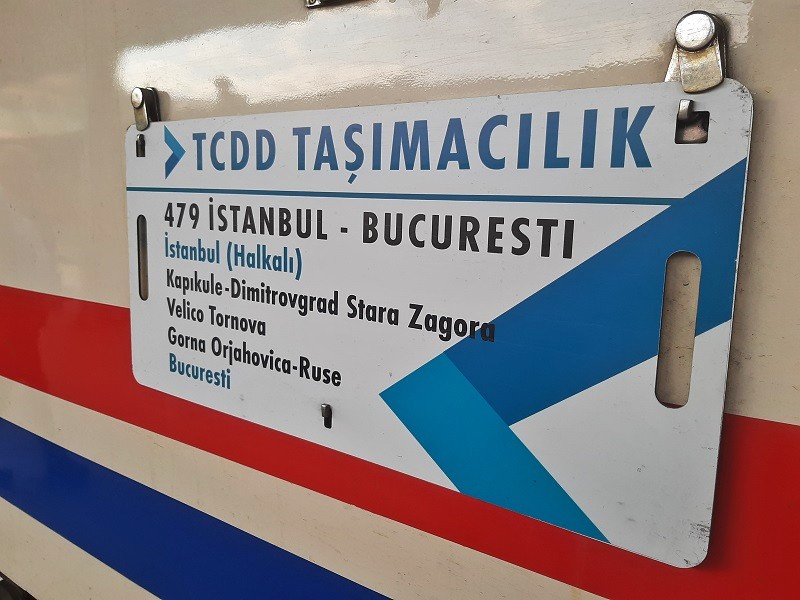

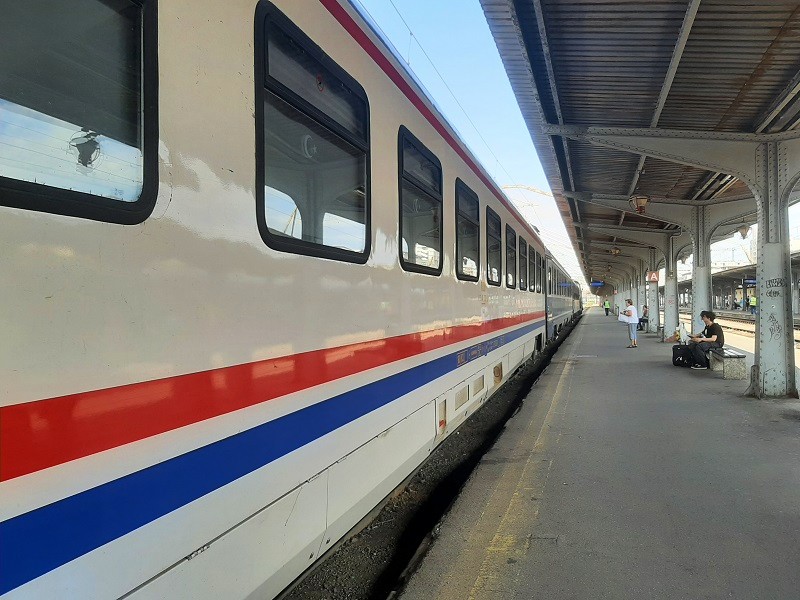
Turkey to Syria
There used to be a direct sleeper train linking Istanbul with Aleppo in Syria, which in fact were through carriages attached to the weekly Istanbul-Baghdad Toros Ekspresi (Taurus Express).
If you want to travel overland between Turkey and Syria, your best bet is to try to catch a bus or minibus from cities such as Adana and Antakya to Aleppo, from where you can catch an onward train to Damascus.

Interrail and Eurail in Turkey
Interrail and Eurail passes are valid for train travel in Turkey.
On YHT high-speed trains, as well as on express trains, a seat reservation is required for Interrail and Eurail pass holders.
Although a seat reservation is free of charge, you can’t book it online, so you have to get it at a railway station in Turkey.
Scenic railway lines in Turkey
Turkish railway stations

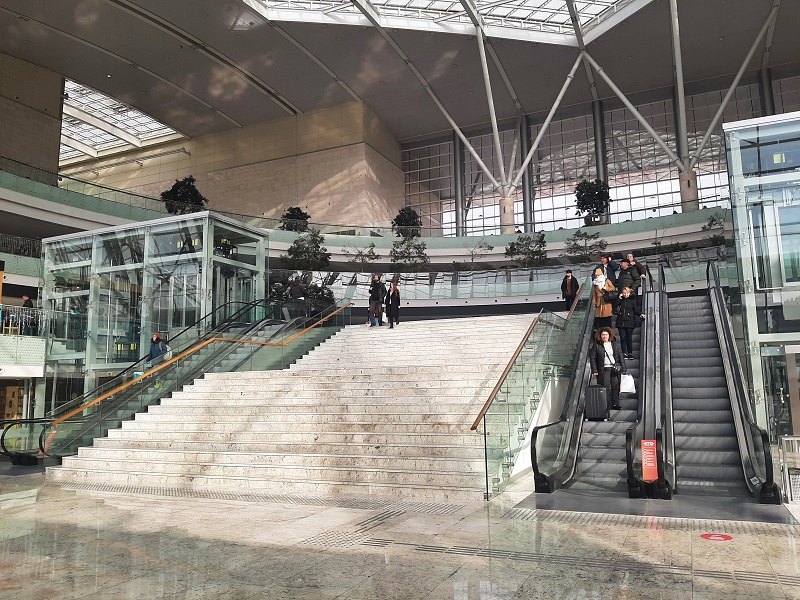
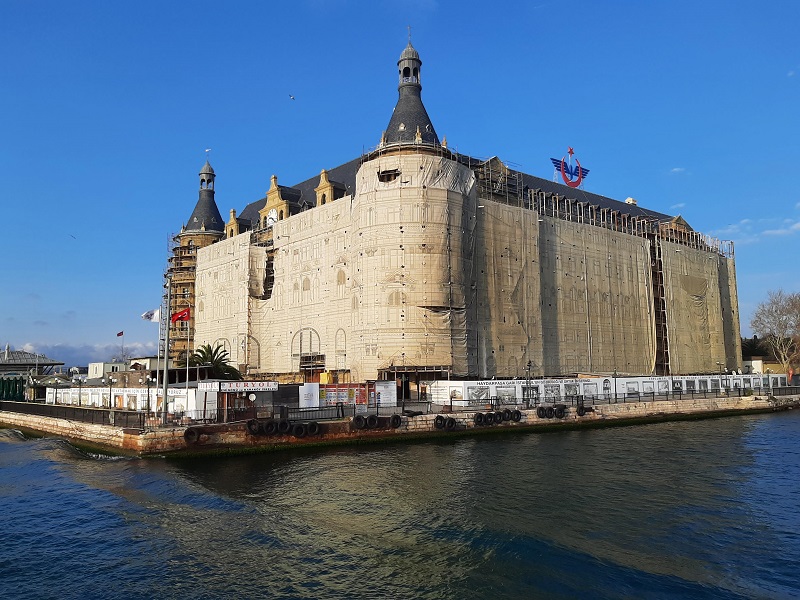
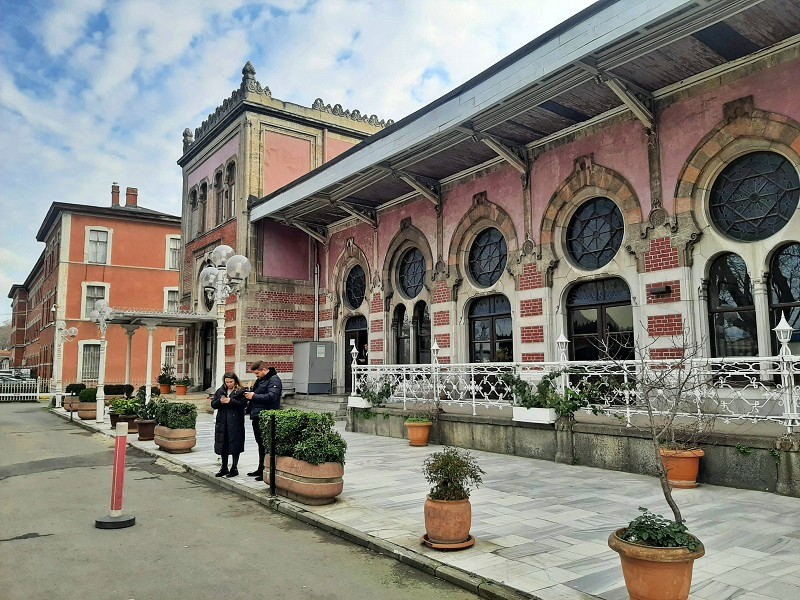
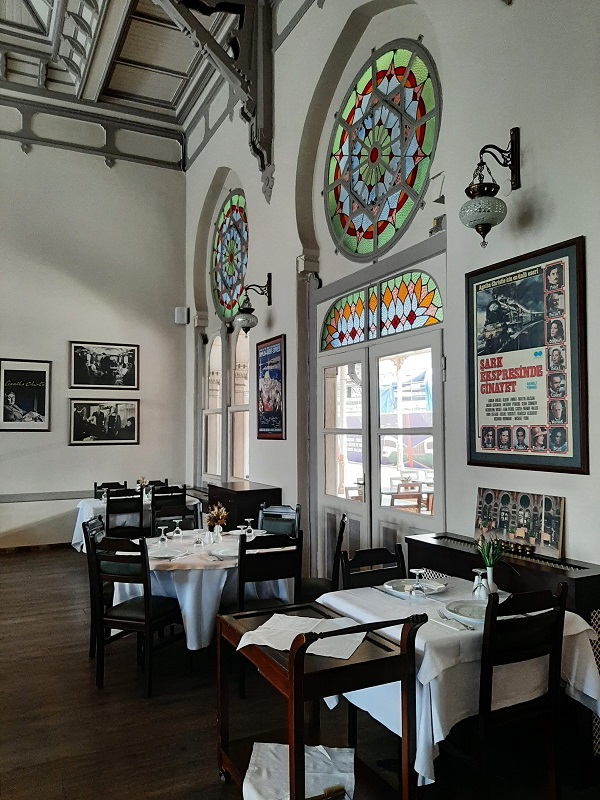
Tips for train travel in Turkey
In general, you shouldn’t expect much in terms of facilities at Turkish railway stations, so it’s best not to rely on station shops if you want to buy supplies before your trip.
Please note that security personnel at Turkish railway stations conduct a security check before allowing access to the platform level, requiring passengers to put their bags through an X-ray scanner and present their train tickets.
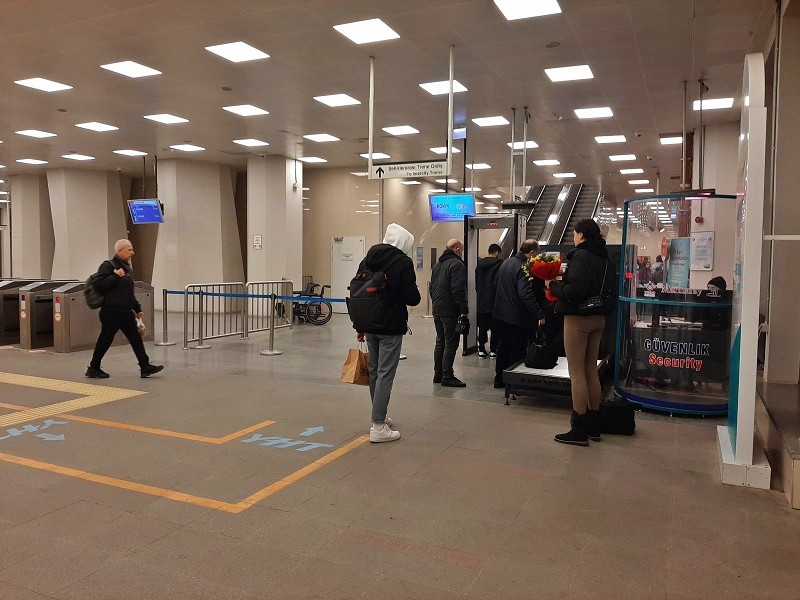
Conclusion
It’s a real pleasure to travel by train across Turkey, as the country has a good rail network and some amazingly scenic railway lines.
The Turkish railway network is rapidly modernising, and the country now boasts some dedicated high-speed lines that are up to all modern standards, with fast and comfortable trains.

